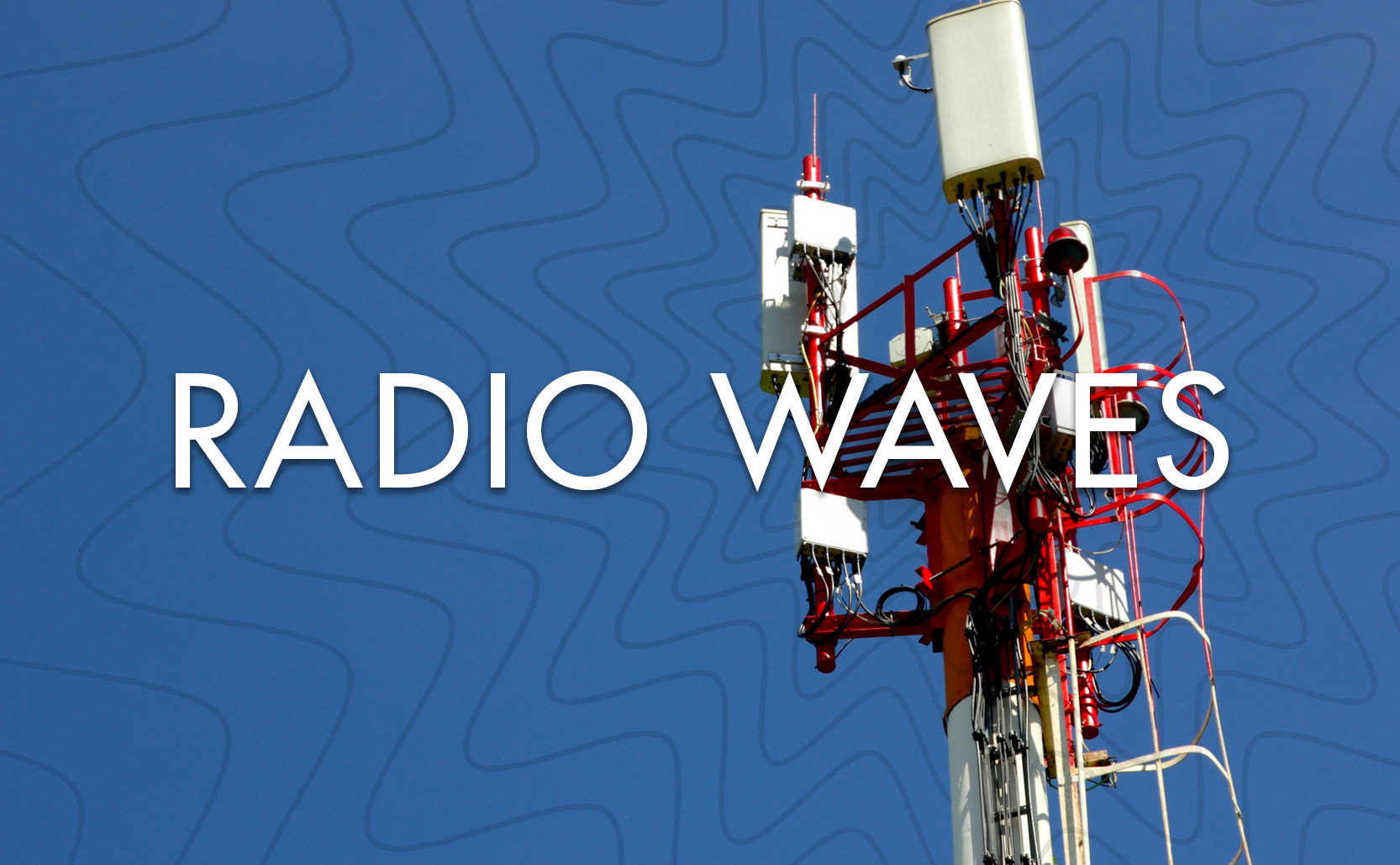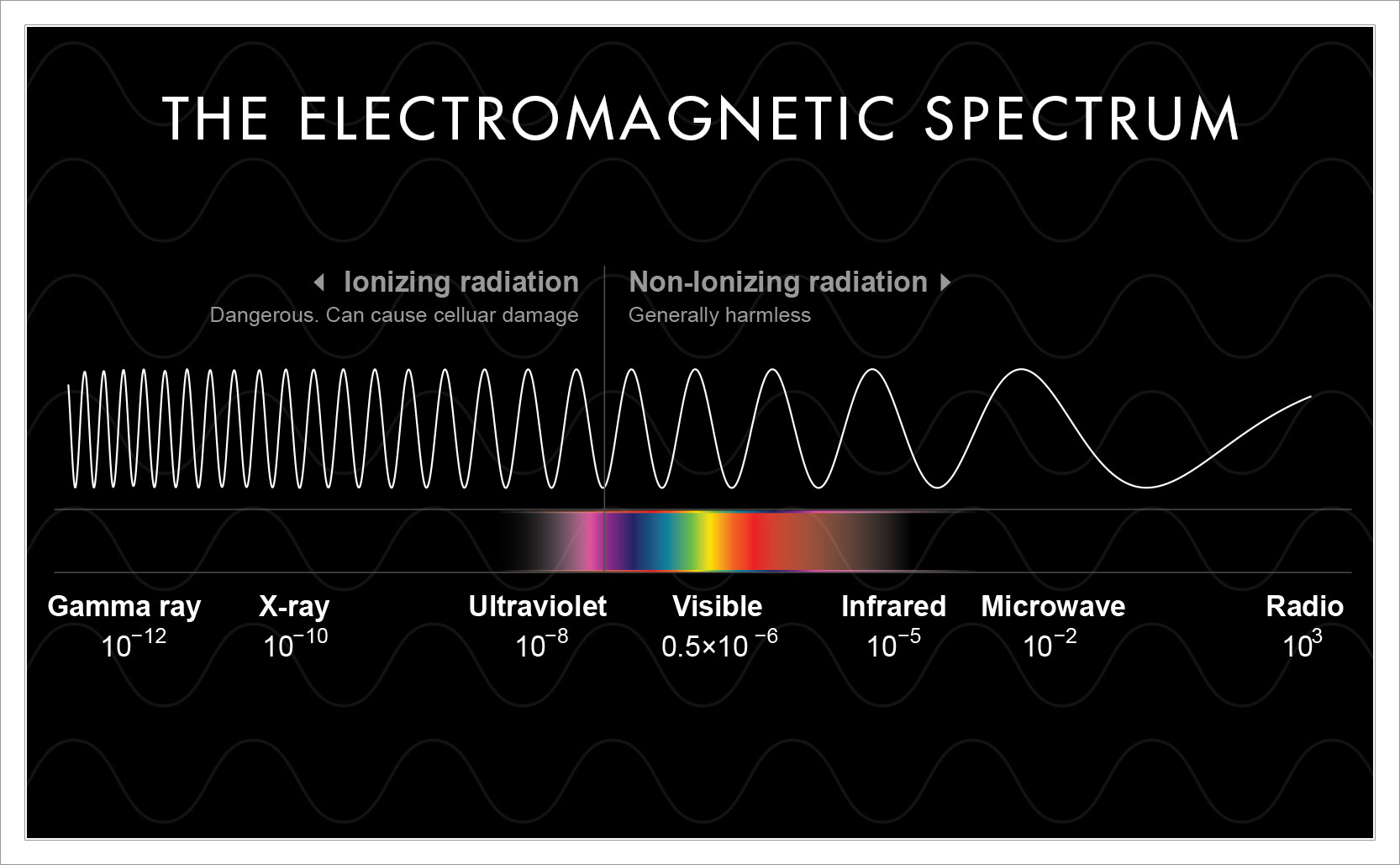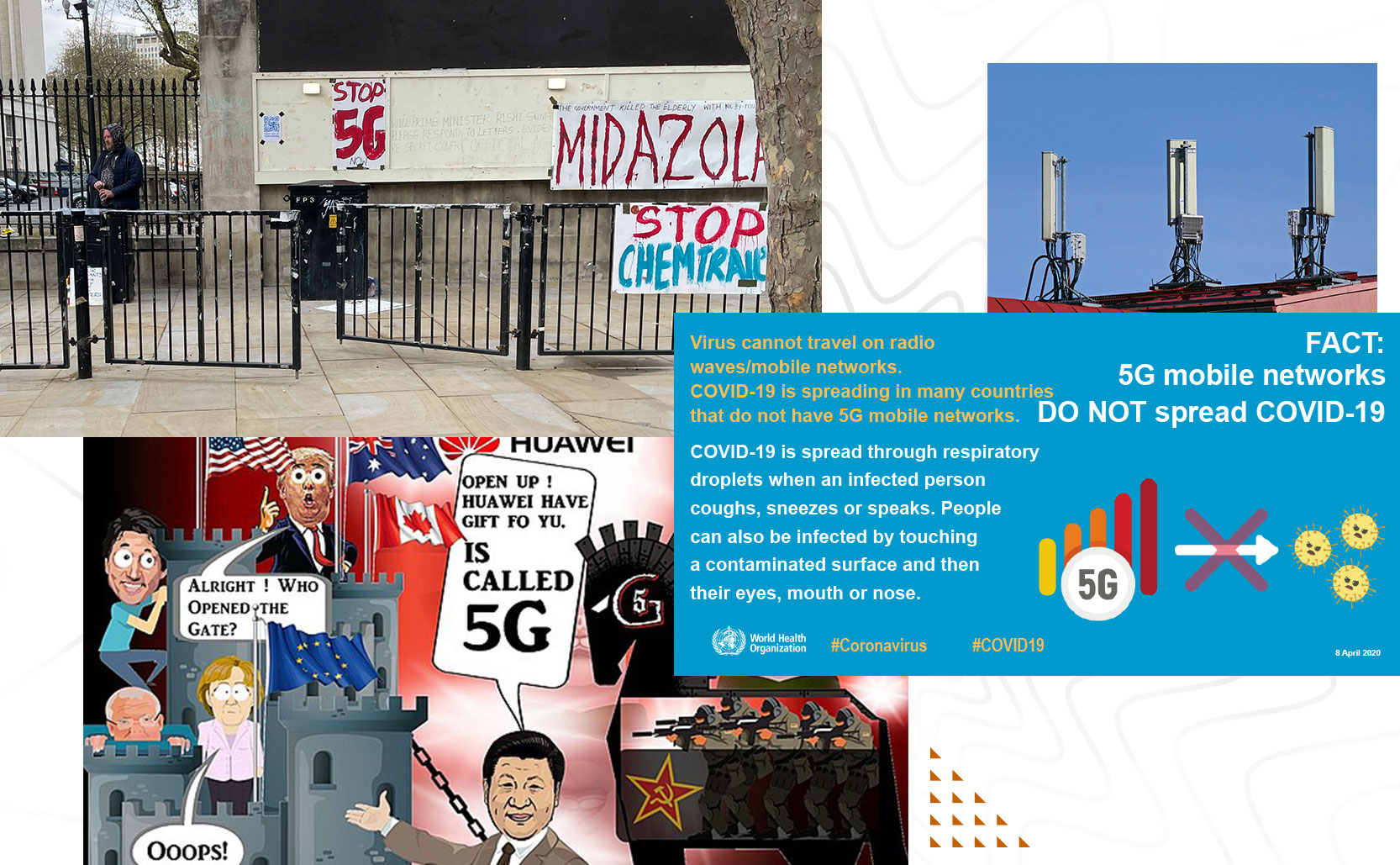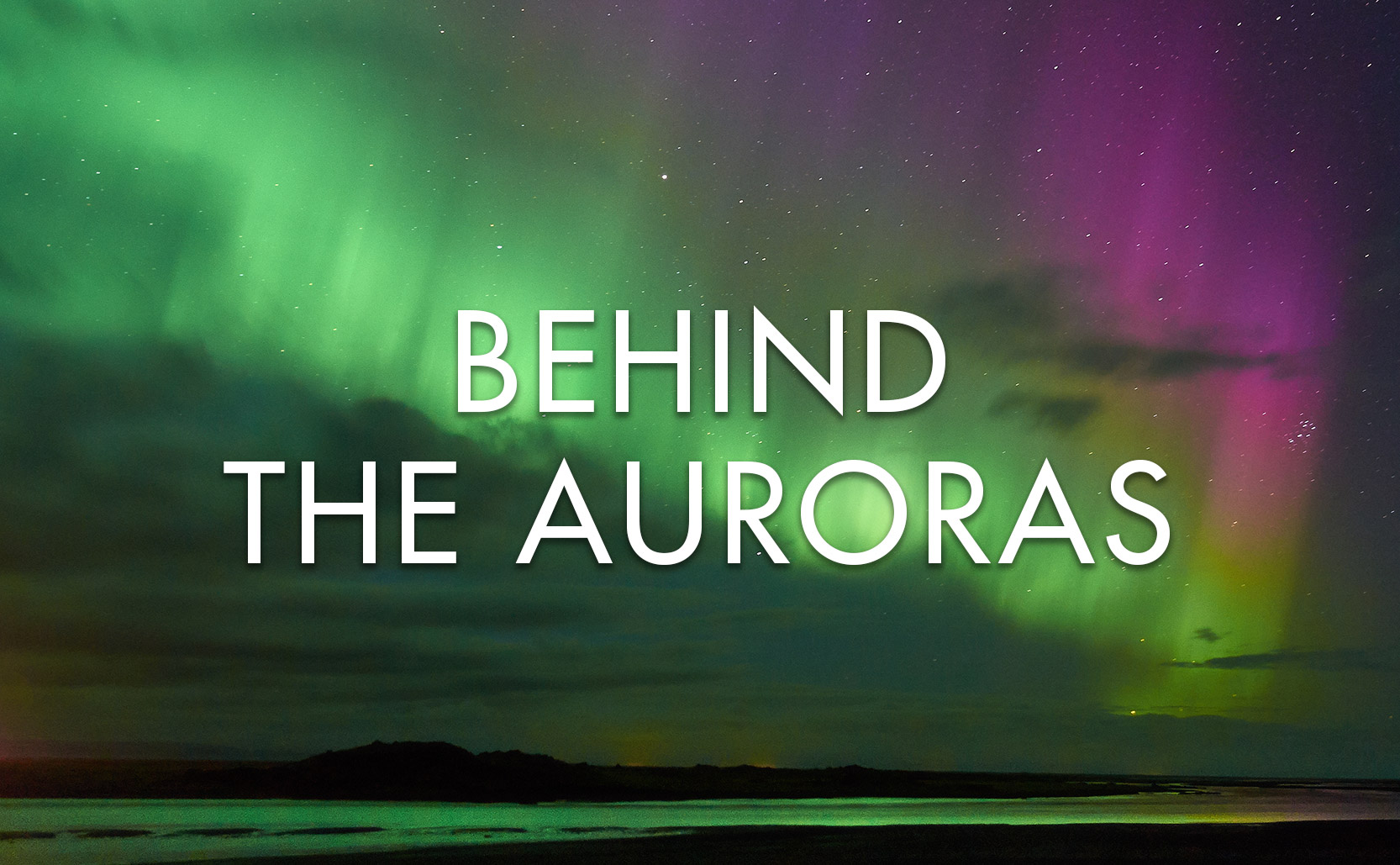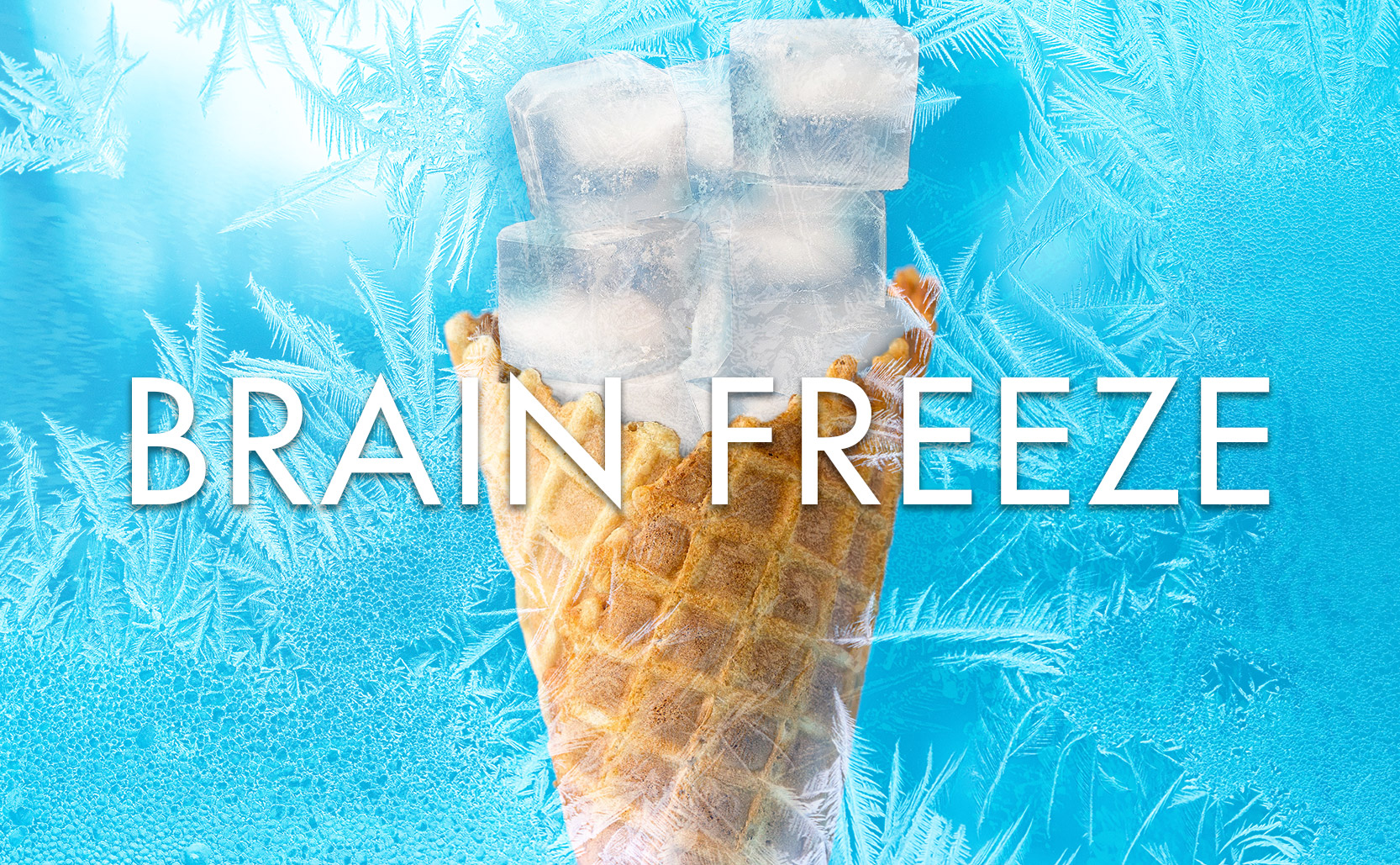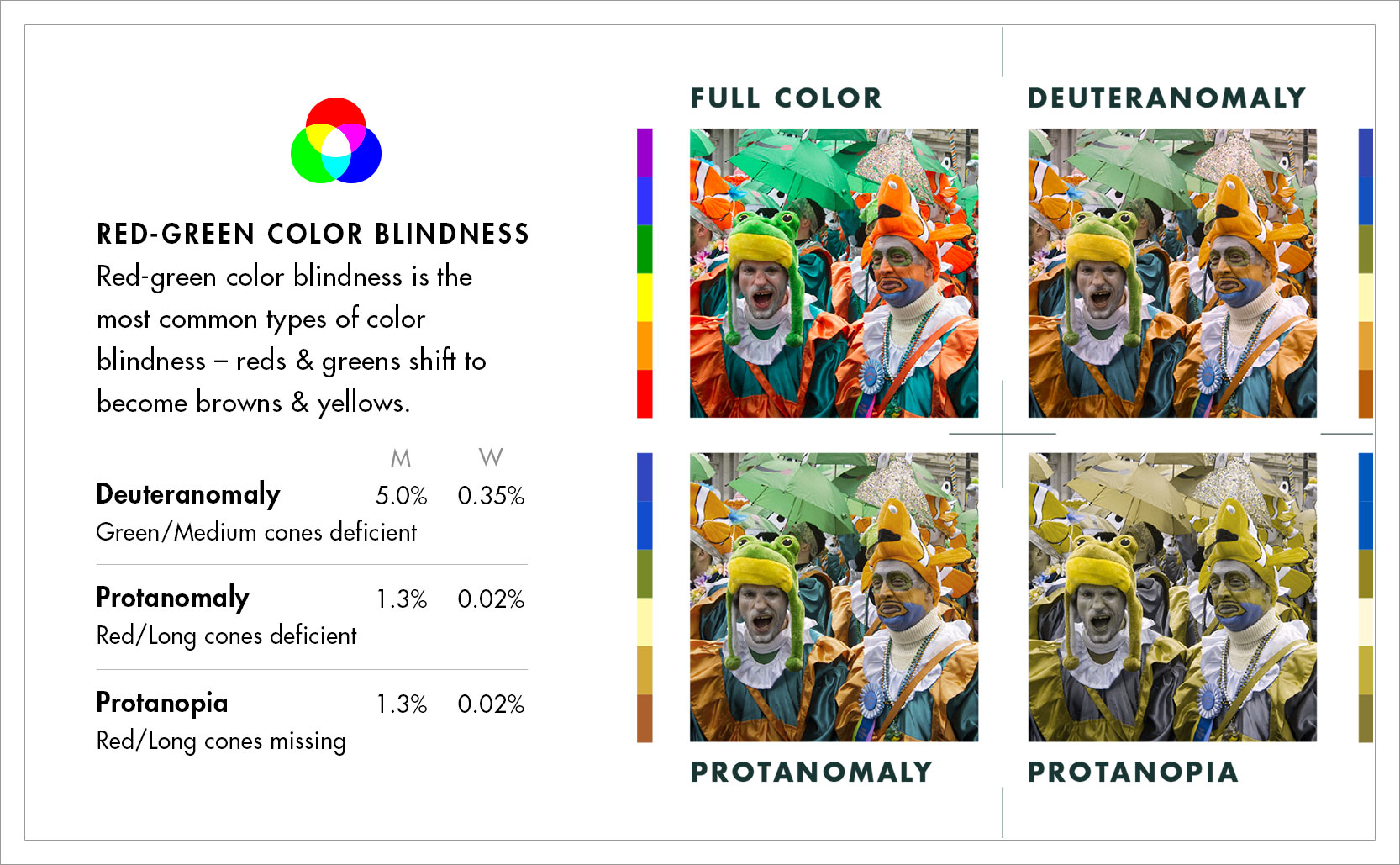Bog Bodies of Ireland
Peatlands are beneficial watery environments (… with the occasional human body hidden away).
Around Ireland you find peatlands – wetlands where, over thousands of years, Sphagnum moss and other plant matter have accumulated and degraded. These areas have watery, acidic, and anaerobic conditions so the organic material within peat lands break down but never fully degrades. This long drawn out layered accumulation & compression of vegetation means peatlands are a carbon sink. Despite covering only 3% of the Earth’s surface peatlands store more carbon than all the world’s forests combined.
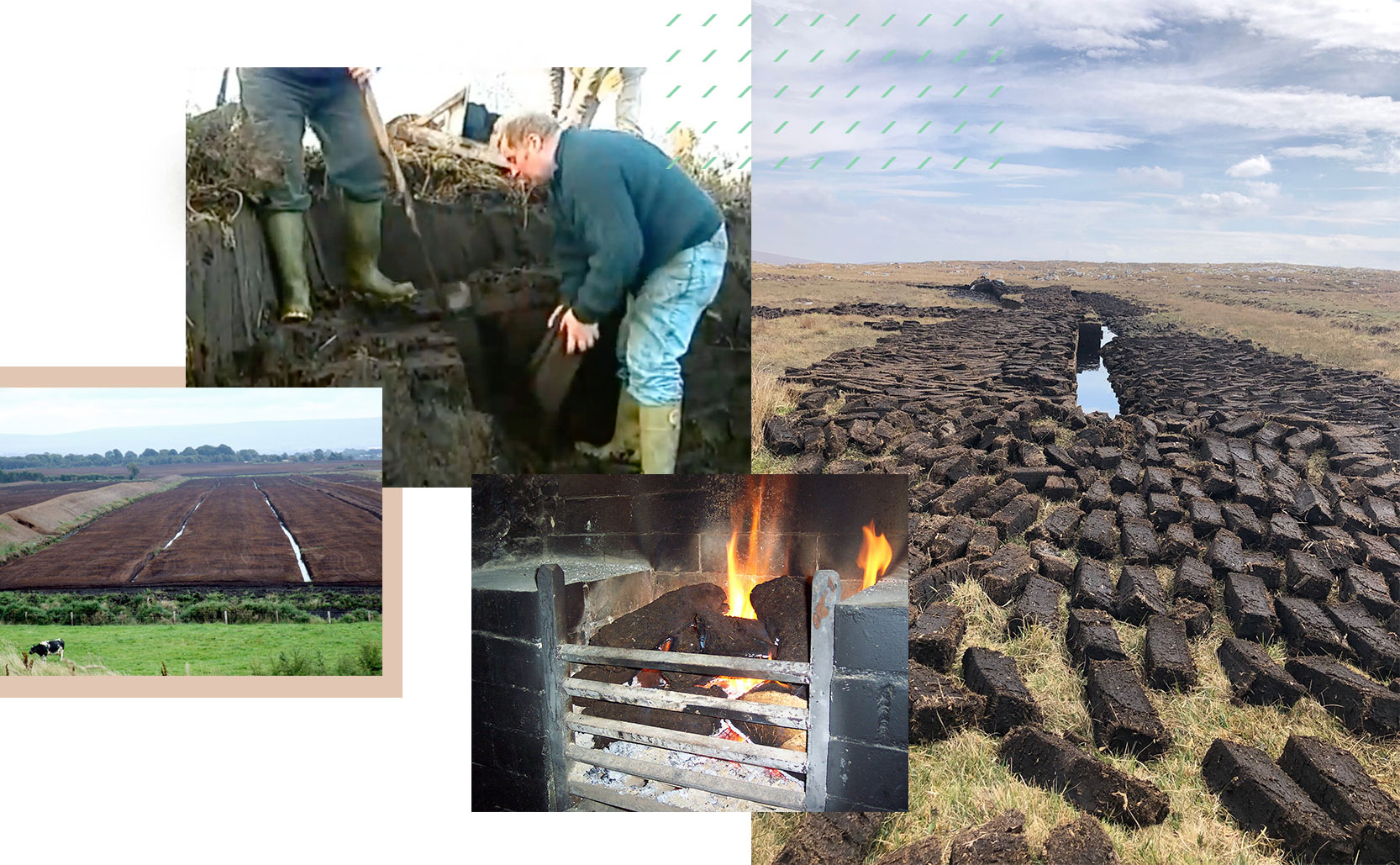
Beyond the environmental benefit, peat (aka “turf” in Ireland) can be a building material as well as a fuel source. Peat has been harvested for centuries in Ireland where it is cut from the ground into long rectangular briquettes, dried (it’s 80% moisture when fresh), and then burned. A special shovel called a sleán is used when cutting by hand, but tractors and other industrial machinery can do the job faster. That said by the 1970s most people in Ireland were running their homes with coal, electric, or oil heating, no longer relying on turf.
It’s during the cutting of the turf, digging out sections of peat, that people occasionally find human bodies.
Bog bodies
Bog bodies are naturally mummified human remains found in peatlands. Because of the ground conditions the bodies are remarkably well preserved (considering their age). Tollund Man, who was found in Denmark in 1950, looks as if he is sleeping he is so well preserved (despite having died around 405–384 BCE).
Ireland has numerous bog bodies, most of whom are men having died between the Bronze Age to the Iron Age. Some examples include:
- Cashel Man, died circa 2000 BCE Early Bronze Age, found in 2011
- Gallagh Man, 400-200 BCE Early Iron Age, found in 1821
- Clonycavan Man, 392-201 BCE Early Iron Age, found in 2003
- Old Croughan Man, 362-175 BCE Early Iron Age, found in 2003
- Ballymacombs More Woman, 343-1 BCE Early Iron Age, found in 2023
- Baronstown West Man, 200-400 CE Early Iron Age, found in 1953
Many Irish bog bodies share another characteristic – they suffered violent deaths. Old Croghan Man was stabbed in the chest and later decapitated as well as cut in half. Clonycavan Man’s skull was split open and then disembowelled. The consistent pattern of violence & mutilation leads researchers to believe that these people were ritualistically killed as human sacrifices.
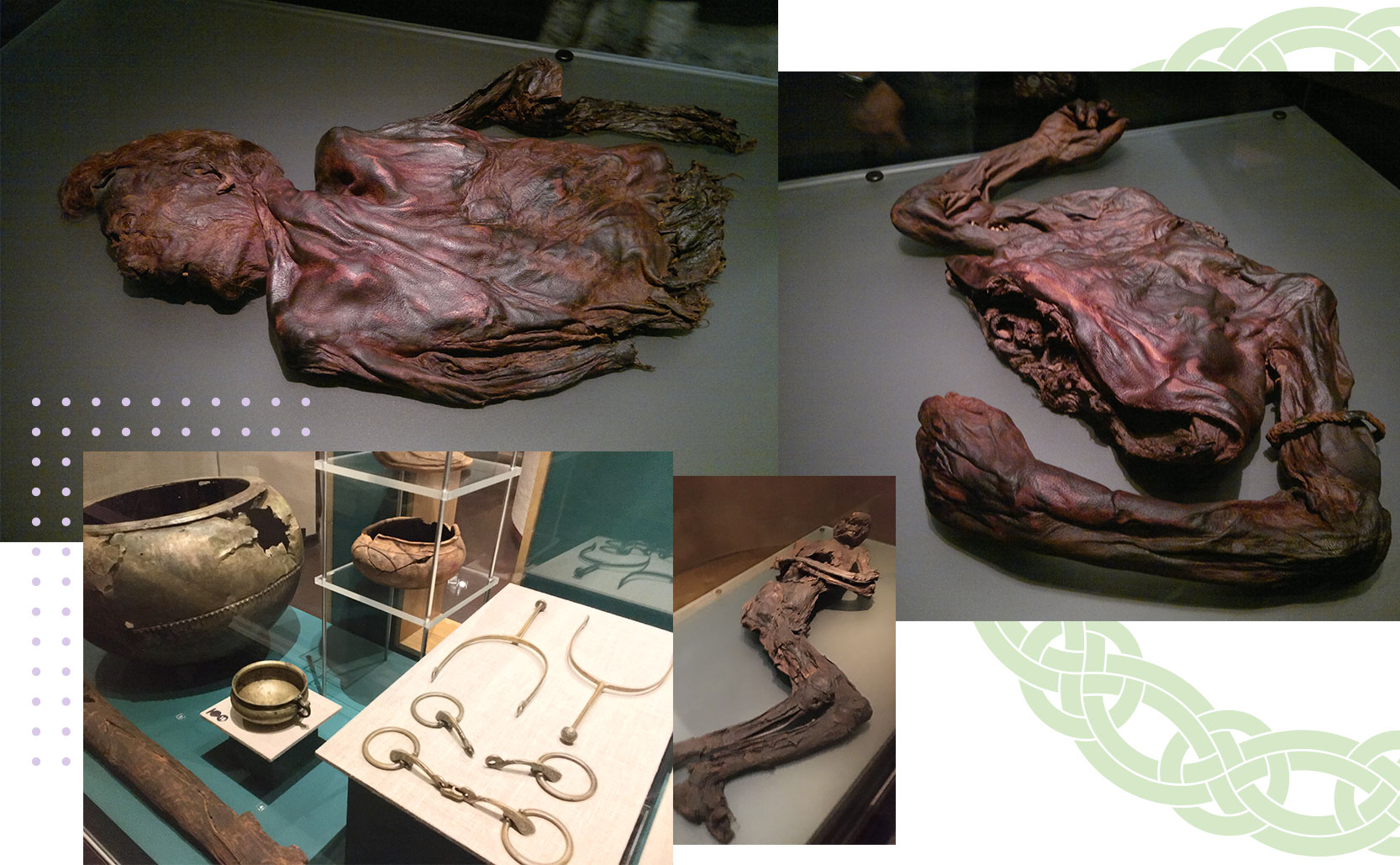
Looking for clues
The ancient Celts did not keep written records so it is uncertain exactly why these bodies were placed out in the peatlands, or why they died as they did, but there are clues. From the 2nd century BCE onward cremation was the standard burial practice, so non-cremated remains of people who met violent ends is unusual and purposeful.
The next clue is where these bodies were placed. The distribution of bodies is frequently at the boundaries of territorial lands. Some of these bodies were deposited alongside objects of ritual significance (weapons, jewelry, clothing, feasting equipment, horse harnesses, food, etc).
Human sacrifice & Kingship
When an ancient Celtic man became king he was thought to symbolically marry the earth goddess, the goddess who looked after the fertility of the land. If the king was good then the land & people would flourish. Conversely if the king was bad this would also be reflected in the land & people. Famine, storms, war, poor harvests, etc. could all be signs that the king was an unjust ruler and perhaps in need of replacement.
It’s possible some of these Irish bog men were kings or perhaps rejected candidates for kingship. Several of them show no signs of manual labor (for example Old Croghan Man had manicured nails) and most were well fed. An additional clue as to their potential kingship is that several had their nipples mutilated.
In ancient Celtic society you would plead fealty to the king by sucking his nipples – Saint Patrick has a story involving this practice, as he gained passage on a boat. To remove or damage a man’s nipples would deny him kingship. Old Croghan Man was found with deep cuts under each nipple while Clonycavan Man was found with no nipples at all. Its possible decomposition played a role in both, but ritualistic mutilation is a leading theory.
Kings in the Bogs
Male Irish bog bodies seem to be kings who fortune turned against and were ritualistically sacrificed to appease a higher power. In killing a king the people hoped the goddess would be happier with the new king and improve their living conditions. As this practice seems to have gone on sporadically across thousands of years it’s unknown just how many bodies may still be hidden away in the peatlands.
Added info: Ireland has largely turned away from peat as a fuel source. Burning peat is not sustainable as it was being consumed faster than it could replenish itself. Further, the burning of peat releases the very carbon it was beneficially holding onto, contributing to greenhouse gas emissions. In 2021 the government owned company Bord na Móna ceased peat harvesting and in 2022 the selling of peat as fuel was largely outlawed.
Besides holding carbon and ritualistic burials, peatlands also hold bog butter. For thousands of years people would bury wooden containers of butter or cheese in the peatlands. Whether to hide it from thieves, age it in the ground, or to keep it fresh, peatlands act as (essentially) natural refrigerators.



